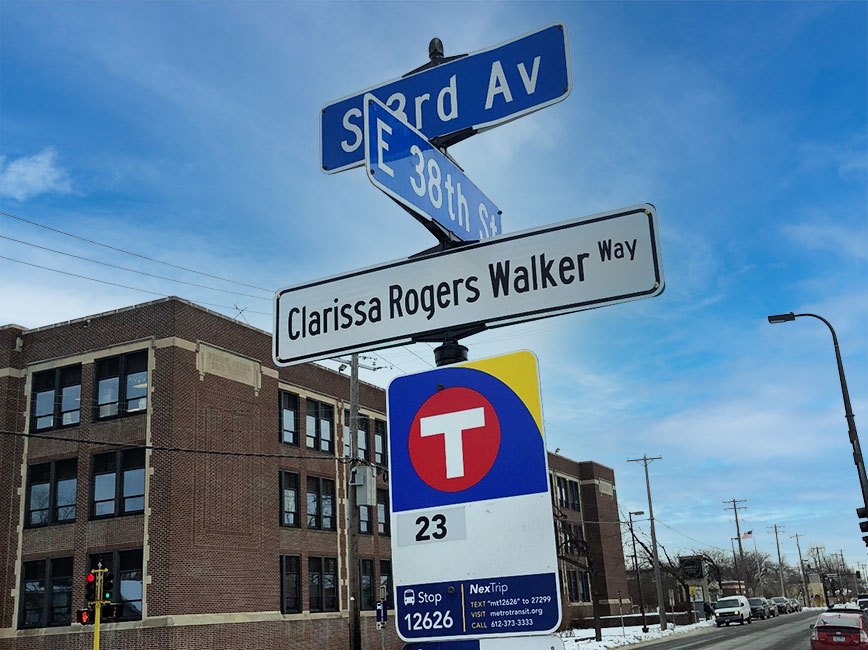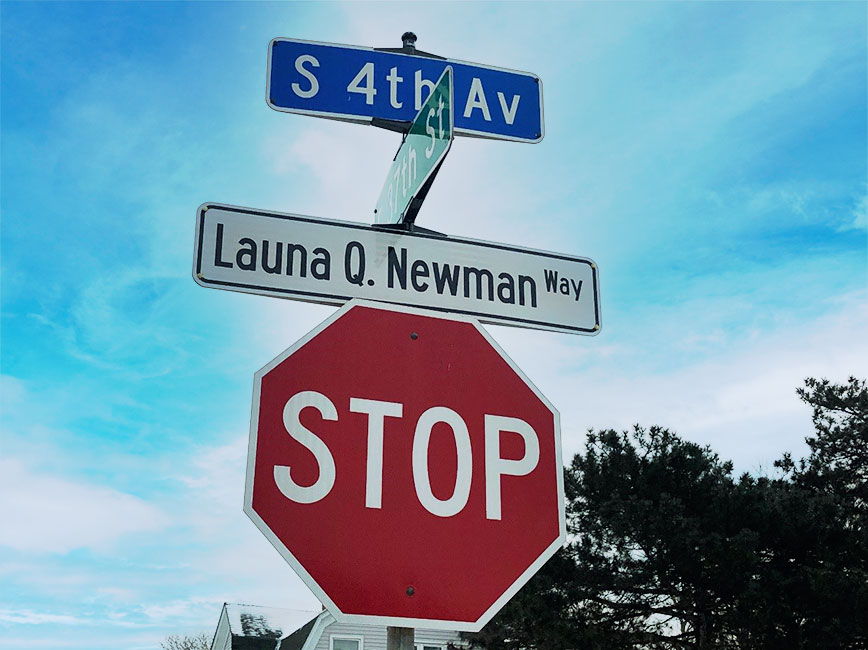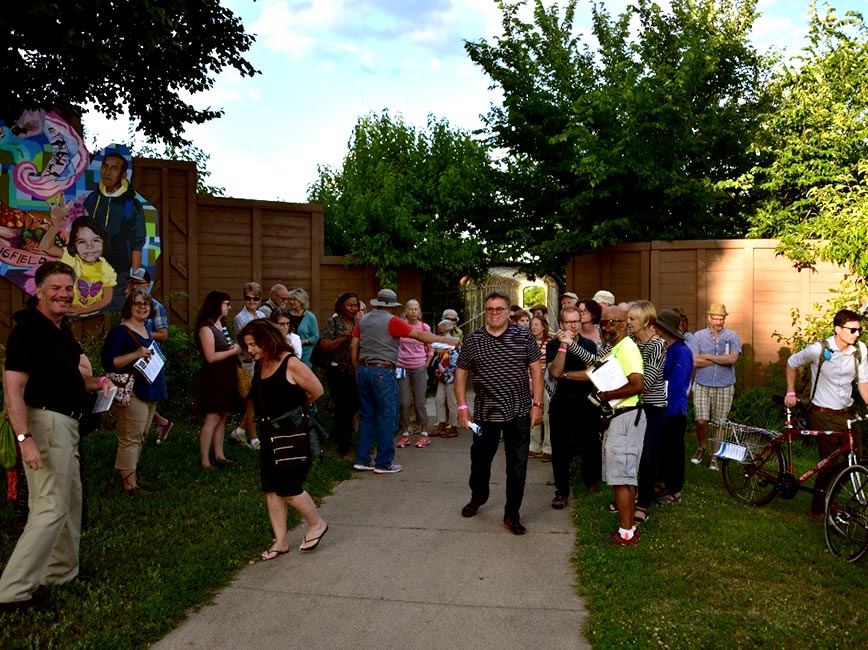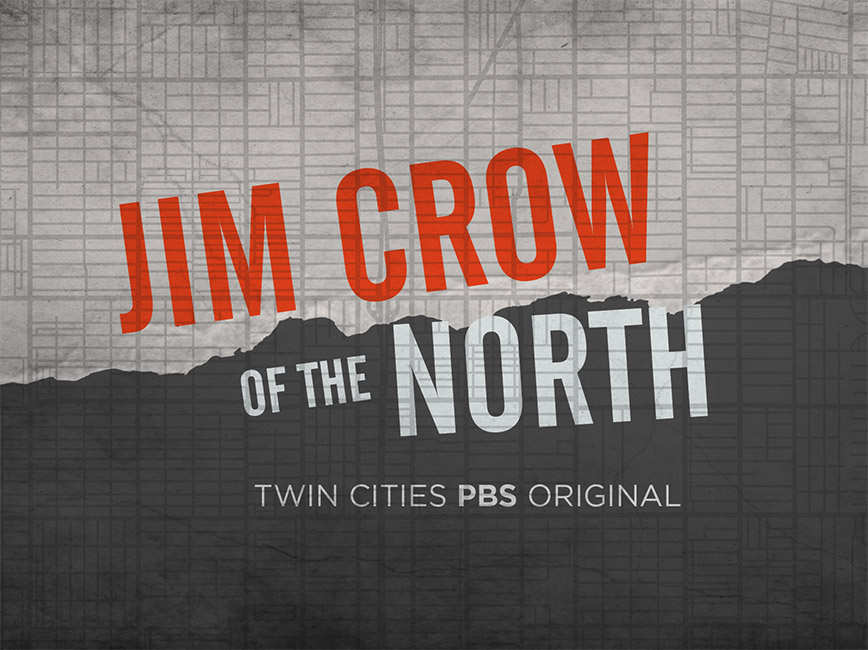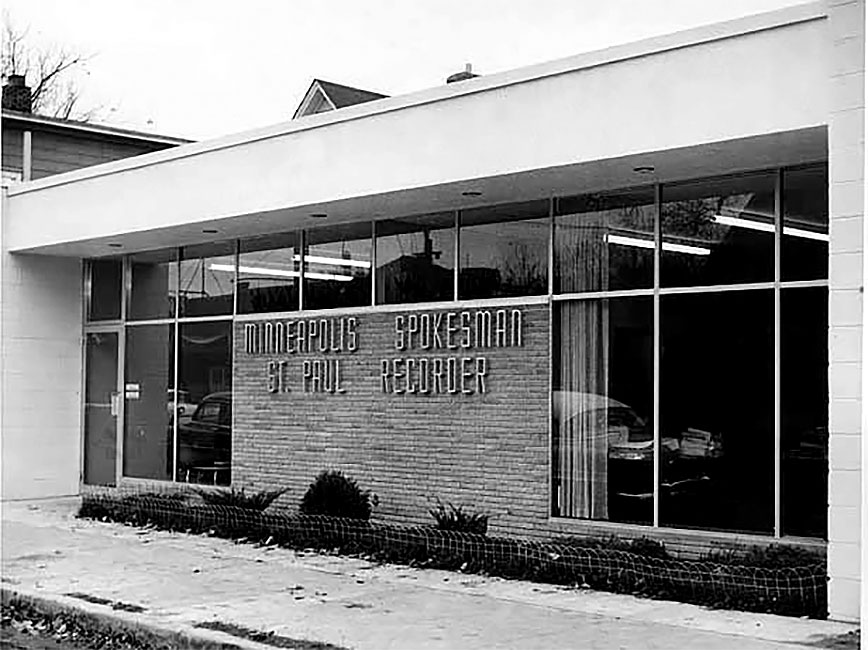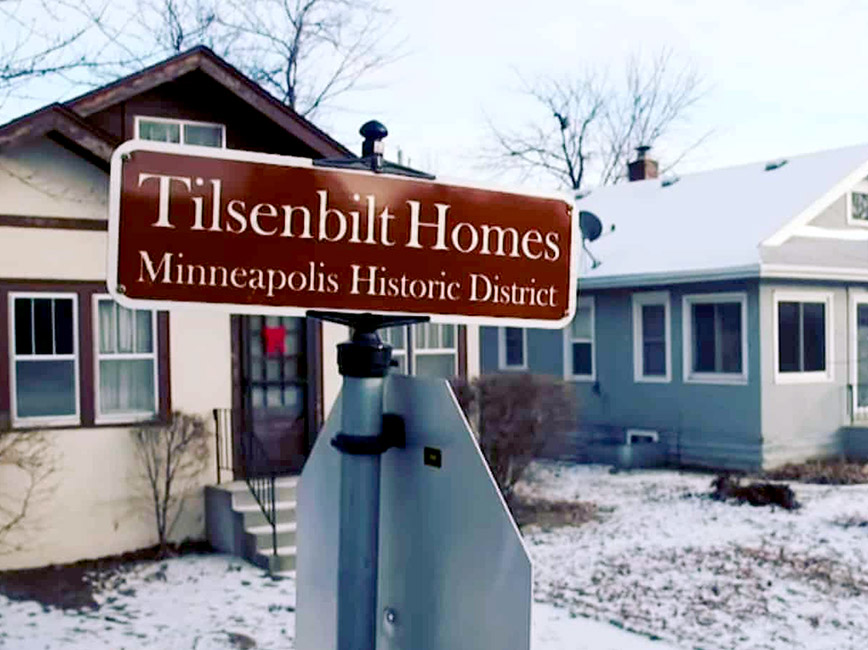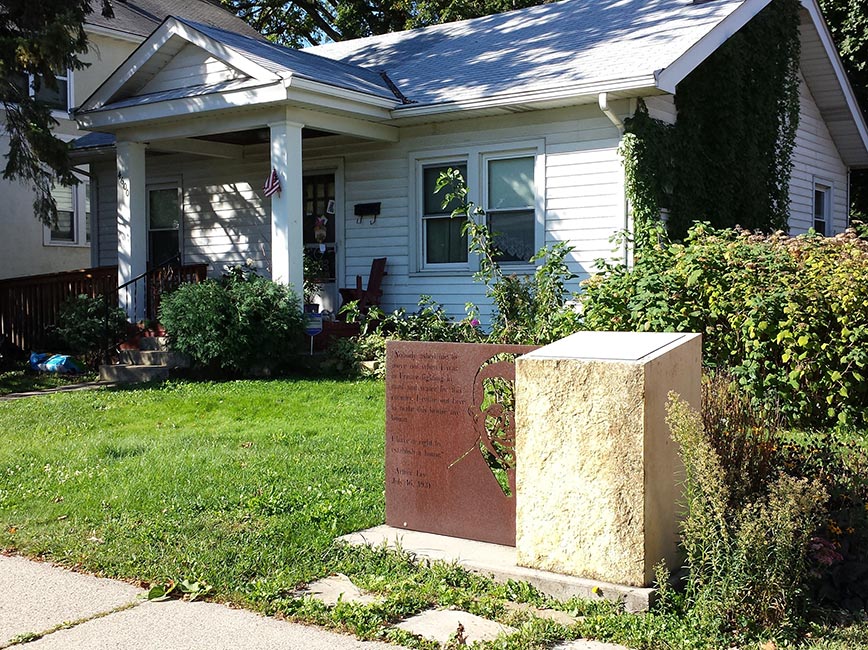Streets honor southside community activists and leaders
The corner of 38th Street and 4th Avenue was the old stomping grounds for many influential African American business owners, community activists and civil leaders in Minneapolis.
In tribute, remembrance and awareness of the great contributions to the Southside Community and the City of Minneapolis by Launa Q. Newman and Clarissa Rogers Walker, we have named two streets in their honor.
Learn more about their contributions in a resolution honoring Clarissa Rogers Walker and Launa Q. Newman.
See the coverage in local news
Launa Q. Newman and Clarissa Walker honored with their own streets (Minnesota Spokesman-Recorder)


